In the 1960s, Sicily experienced a period of sharp contrasts, suspended between modernization and tradition. The island remained largely tied to an agricultural economy and archaic way of life, especially in rural areas, while the cities began to experience the first signs of industrial development and urbanization. Emigration and depopulation deeply mark the decade: many Sicilians left the island in search of work in northern Italy or abroad. On a cultural level, Sicily remained a living hub of intellectuals and artists-from Leonardo Sciascia to Renato Guttuso-who powerfully recounted the social and political contradictions of the time. The weight of the Mafia, still often silenced or underestimated, coexists with the ferment of a society that, despite difficulties, was seeking new ways of emancipation and change.
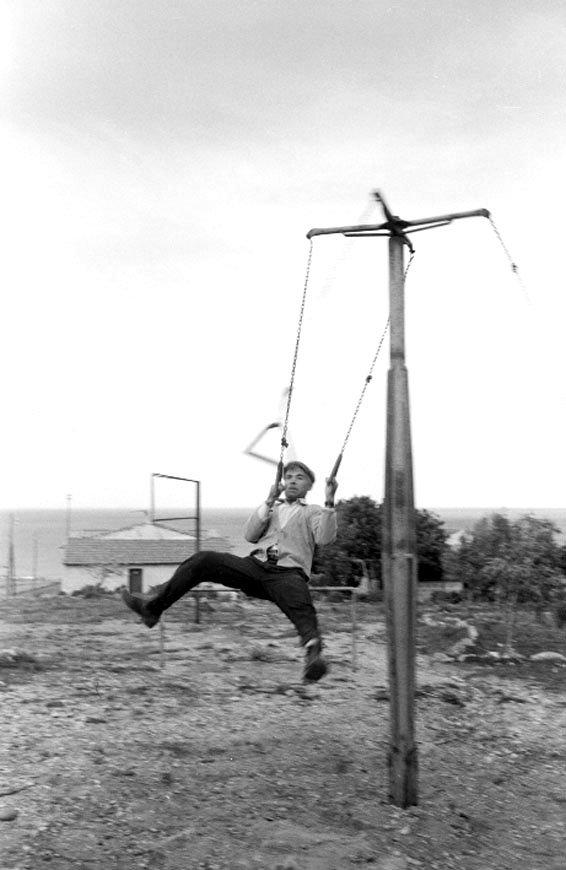
In the 1960s, Sicily experienced a period of sharp contrasts, suspended between modernization and tradition. The island remained largely tied to an agricultural economy and archaic way of life, especially in rural areas, while the cities began to experience the first signs of industrial development and urbanization. Emigration and depopulation deeply mark the decade: many Sicilians left the island in search of work in northern Italy or abroad. On a cultural level, Sicily remained a living hub of intellectuals and artists-from Leonardo Sciascia to Renato Guttuso-who powerfully recounted the social and political contradictions of the time. The weight of the Mafia, still often silenced or underestimated, coexists with the ferment of a society that, despite difficulties, was seeking new ways of emancipation and change.
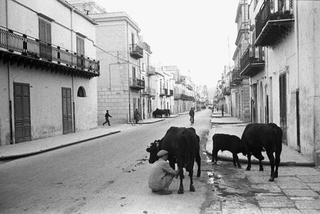
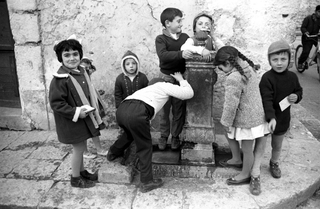
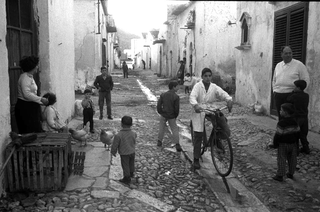
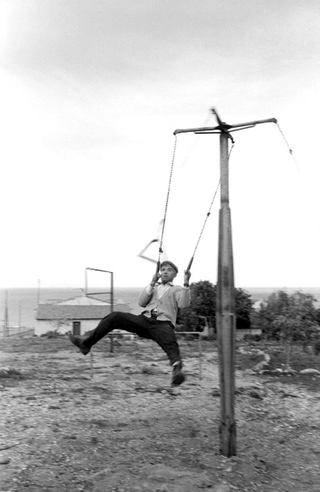
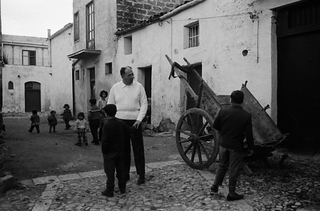
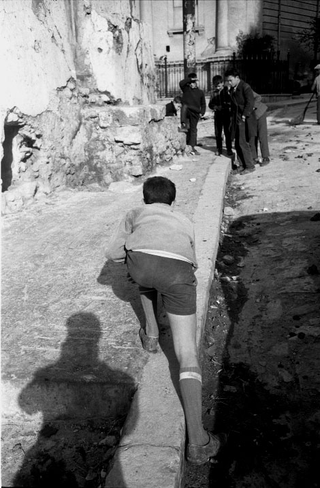
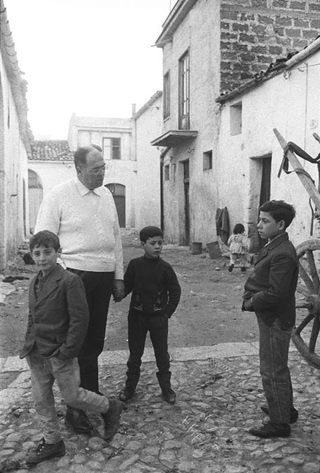
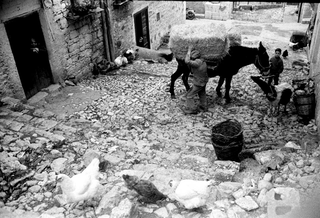
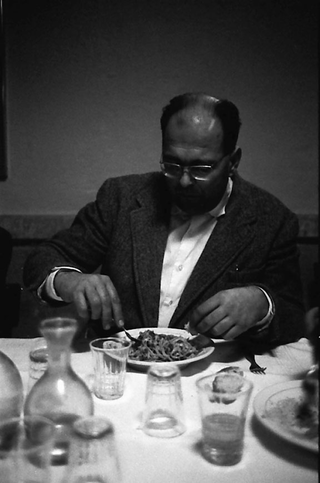
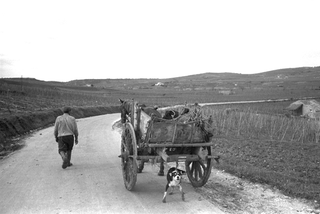
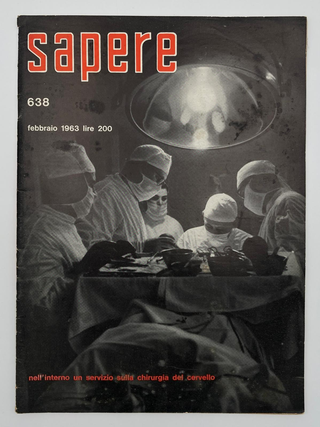
"Sapere", anno XXIX, volume LIV, numero 638 (febbraio 1963).
Mensile di divulgazione scientifica fondato da Carlo Hoepli, contiene le fotografie del reportage di Carlo Orsi in Sicilia
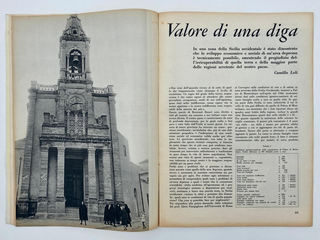
Le fotografie di Carlo per l'articolo Valore di una diga di Camillo Loli all'interno della rivista "Sapere" (n. 638 febbraio 1963)
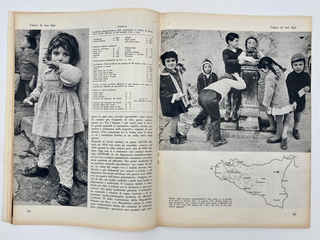
Le fotografie di Carlo per l'articolo Valore di una diga di Camillo Loli all'interno della rivista "Sapere" (n. 638 febbraio 1963)
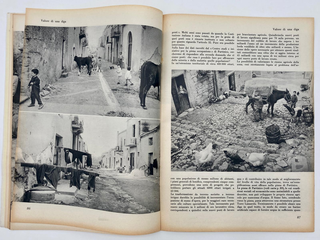
Le fotografie di Carlo per l'articolo Valore di una diga di Camillo Loli all'interno della rivista "Sapere" (n. 638 febbraio 1963)
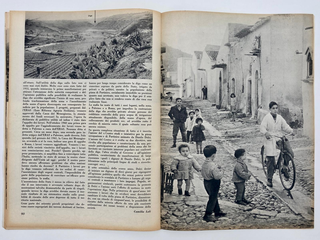
Le fotografie di Carlo per l'articolo Valore di una diga di Camillo Loli all'interno della rivista "Sapere" (n. 638 febbraio 1963)
Social
Contatti
archivio@carloorsi.com